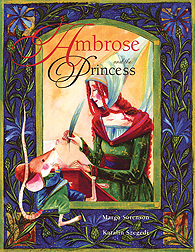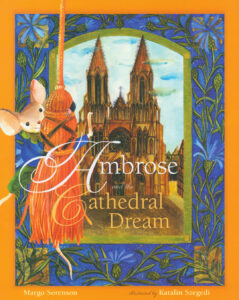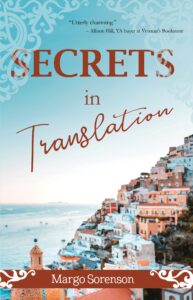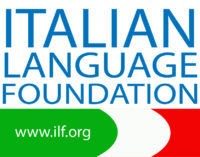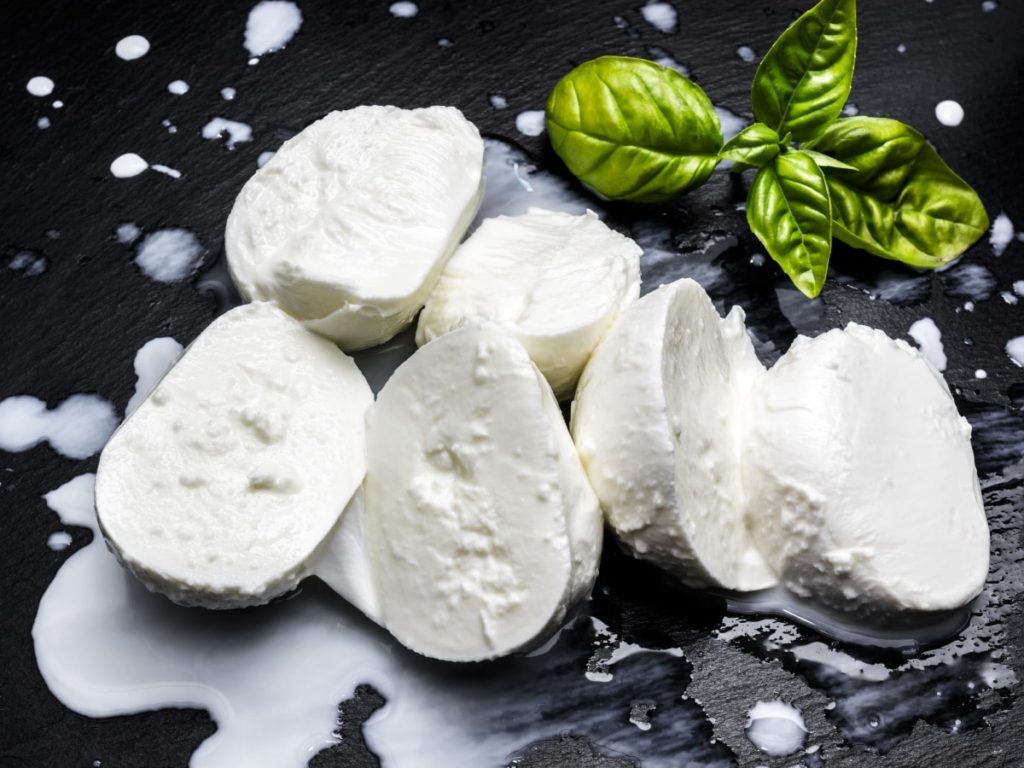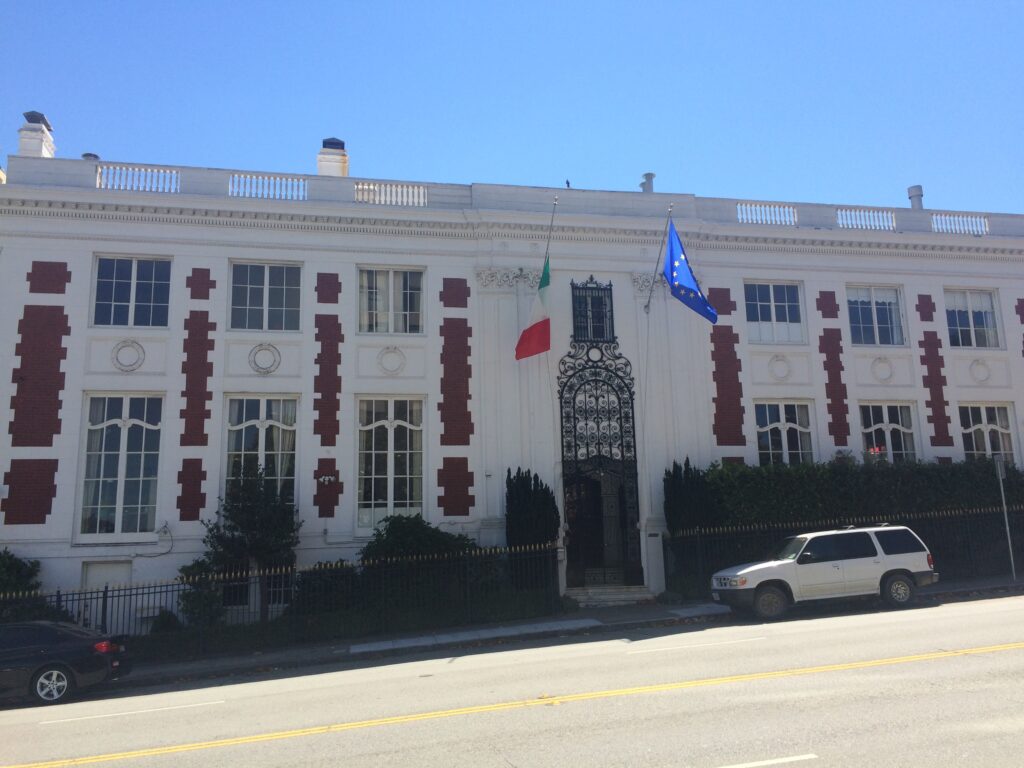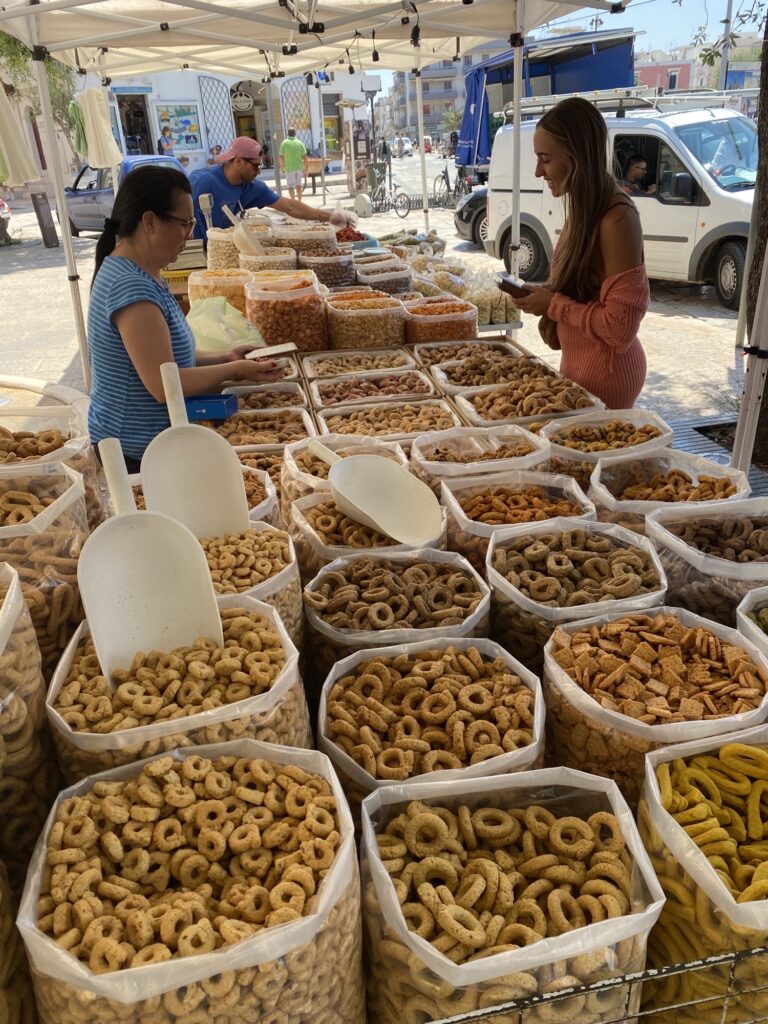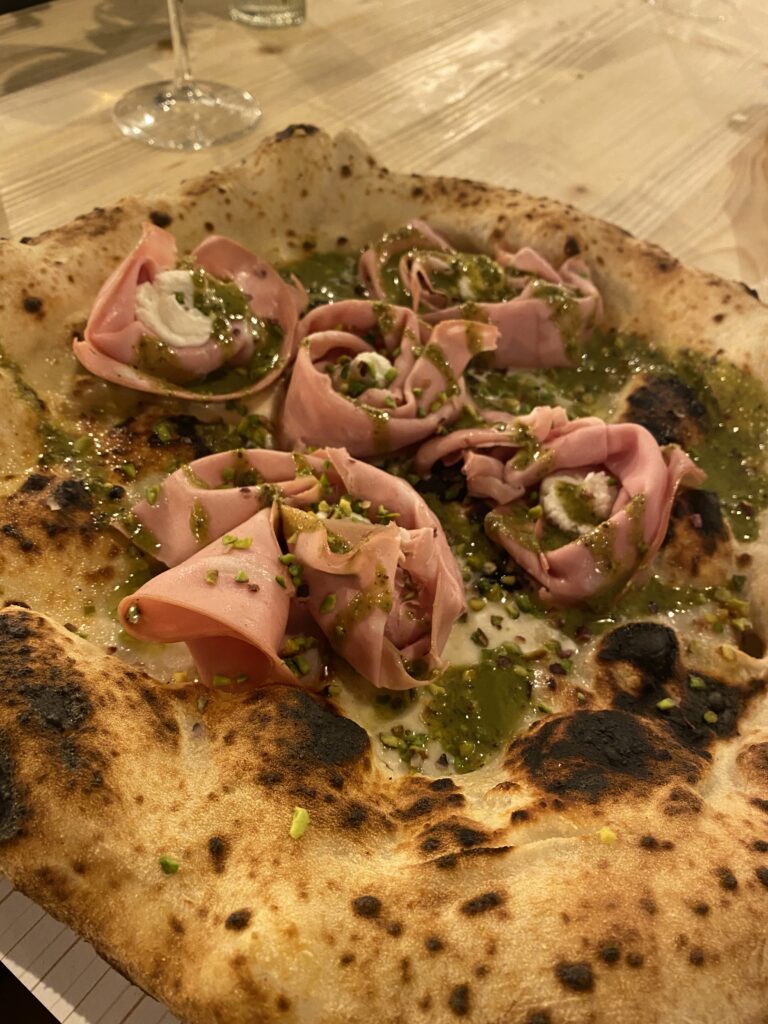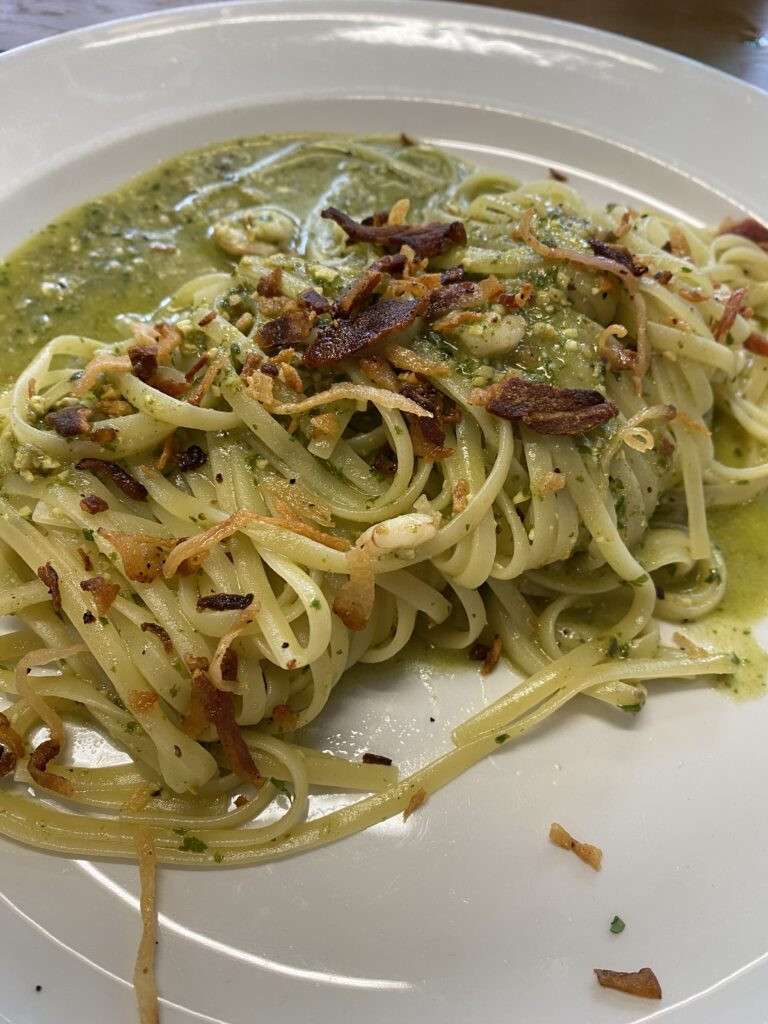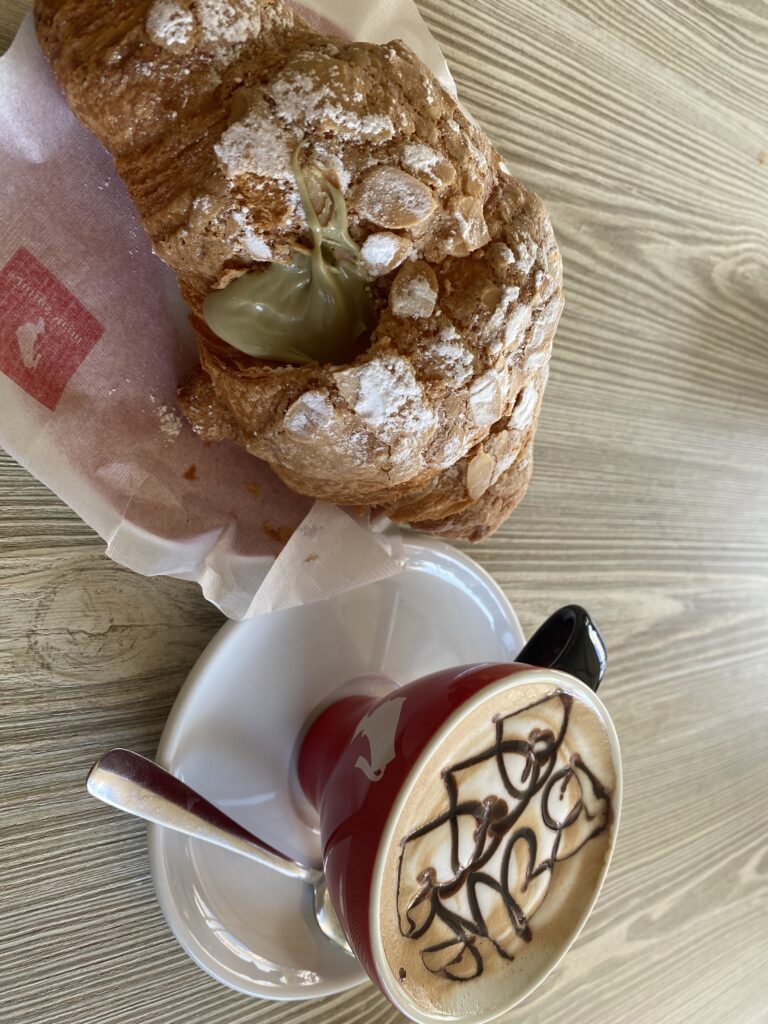Growing up in Napoli and Bari, I celebrated Christmas a little differently from American kids, even though my parents were American. To me, Christmas wasn’t only December 24th and 25th and unwrapping presents. In Italy, Christmas lasts almost a joyful month, beginning on December 8, the Feast of the Immaculate Conception and lasts until January 6, Epiphany.
Unlike some American kids in the U.S., for me, one of the most exciting things about the run-up to Christmas was being allowed to unpack and display the presepio, the manger scene, on December 8. Composed of figurines bought in Napoli, (the cradle of the most beautiful presepi, as you may know), it was always fun to set up the figures on our tiled coffee table in our Bari living room. My favorite to this day is the zampognaro, the shepherd, playing the bagpipes. I like to imagine that he is playing “Tu Scendi dalle Stelle“—“You Descend from the Stars,”one of my favorite Italian Christmas carols.
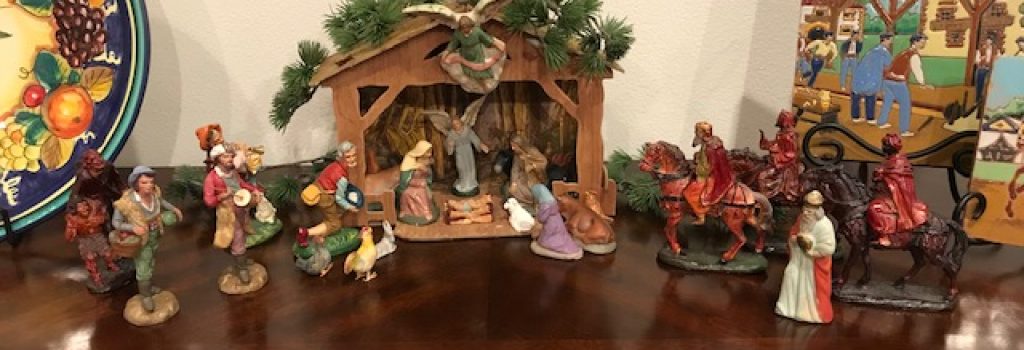
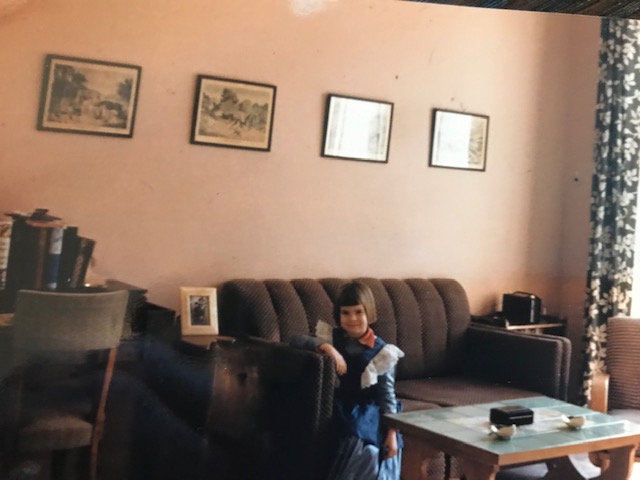
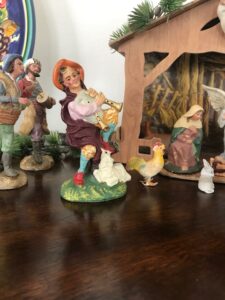
Many of our Italian-American friends here in the U.S. also display their presepe, in tribute to their precious heritage. The presepio is always put in a place of honor in the home, something I always took for granted, until we moved to the U.S., where manger scenes weren’t always displayed in people’s homes at Christmas. I found this surprising!
Another Christmas difference for me in Italy was that Santa usually wore a gold coat, not a red one. When I grew up in Bari, the Barese version of Santa Claus was San Nicola (Saint Nicholas), and he wore a gold coat. I still have a San Nicola ornament, of course, and hanging it on our tree brings back sweet memories. Somehow, Santa Claus seems more regal and imposing in gold; when we moved to the U.S., at first, I couldn’t relate that well to a jolly, ho-ho-ho Santa Claus in a red coat!

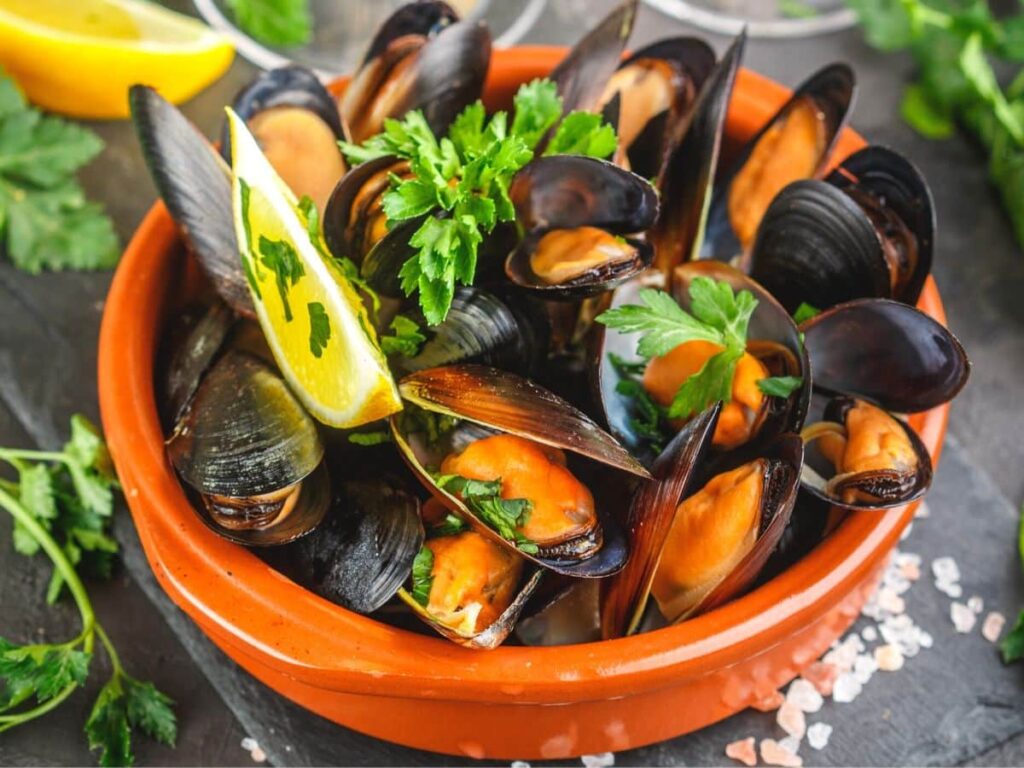
Another Italian tradition is one that many of our Italian-American friends also observe: the Feast of the Seven Fishes. Italy is surrounded by water on three sides, as you know, and sailing, the sea, and its harvest are inextricably intertwined in Italian culture. How fitting that, in observance of Christmas, the meatless Christmas Eve dinner is comprised of many varieties of seafood. What fun to imagine one’s ancestors in Italy doing the same, sharing delicious seafood meals together, along with family stories! Opening presents Christmas Eve, not on Christmas Day, is the custom in Italy, and our Italian-American friends do the same, keeping their family tradition alive and well.
Another Italian tradition that speaks to the importance of family and honoring parents is that of children writing gratitude letters to their parents to be opened Christmas Eve. What a lovely way to bring families together!
Remember the tale of kids receiving a lump of coal in their stockings if they had been naughty? In Italy, it’s not Santa who visits the stockings on Christmas Eve, but La Befana, and she comes the night of the Epiphany, January 6. I grew up almost fearing La Befana, the old woman who would visit homes, bringing gifts to good children, but lumps of coal to those who were naughty. Not being the most perfect child (!), I would worry that I’d find a lump of coal in my stocking in the morning! Had La Befana heard how I tugged the mattress off my bed and slid down the stairs on it? Fortunately, my Christmas stocking was always coal-free—I’d guess that she hadn’t heard—yet! Many of our Italian-American friends here in the U.S. love to tease their children and grandchildren about being good so that La Befana doesn’t plunk a lump of coal into their stockings! As far as I know, their stockings have also been coal-free. 😉
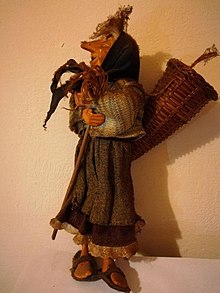
Il Natale is a long, precious celebration and a way to stay connected to ancient, meaningful traditions, bonding all of us who love la bella Italia and celebrate Christmas together, in spirit, even though we are kilometers and miles apart. Buon Natale!
Author of over thirty traditionally-published books for young readers, Margo Sorenson spent the first seven years of her life in Spain and Italy, devouring books and Italian food and still speaks (or tries!) her childhood languages. Margo’s Christmas picture book, AMBROSE AND THE PRINCESS (Liturgical Press 2005) won the Catholic Press Award in 2006, followed by AMBROSE AND THE CATHEDRAL DREAM (Liturgical Press,2006), and both were featured in OUR SUNDAY VISITOR. Her most recent Adult/Young Adult novel, SECRETS IN TRANSLATION (Fitzroy Books, October 2018), takes place in Positano, with heroine Alessandra, whose being able to speak Italian helps her to feel at home in Italy, once again—and solve a mystery that threatens those she loves. Of course, they would make a great Christmas gift for adults and teens alike! For more information on ordering these and Margo’s other books, please visit www.margosorenson.com
